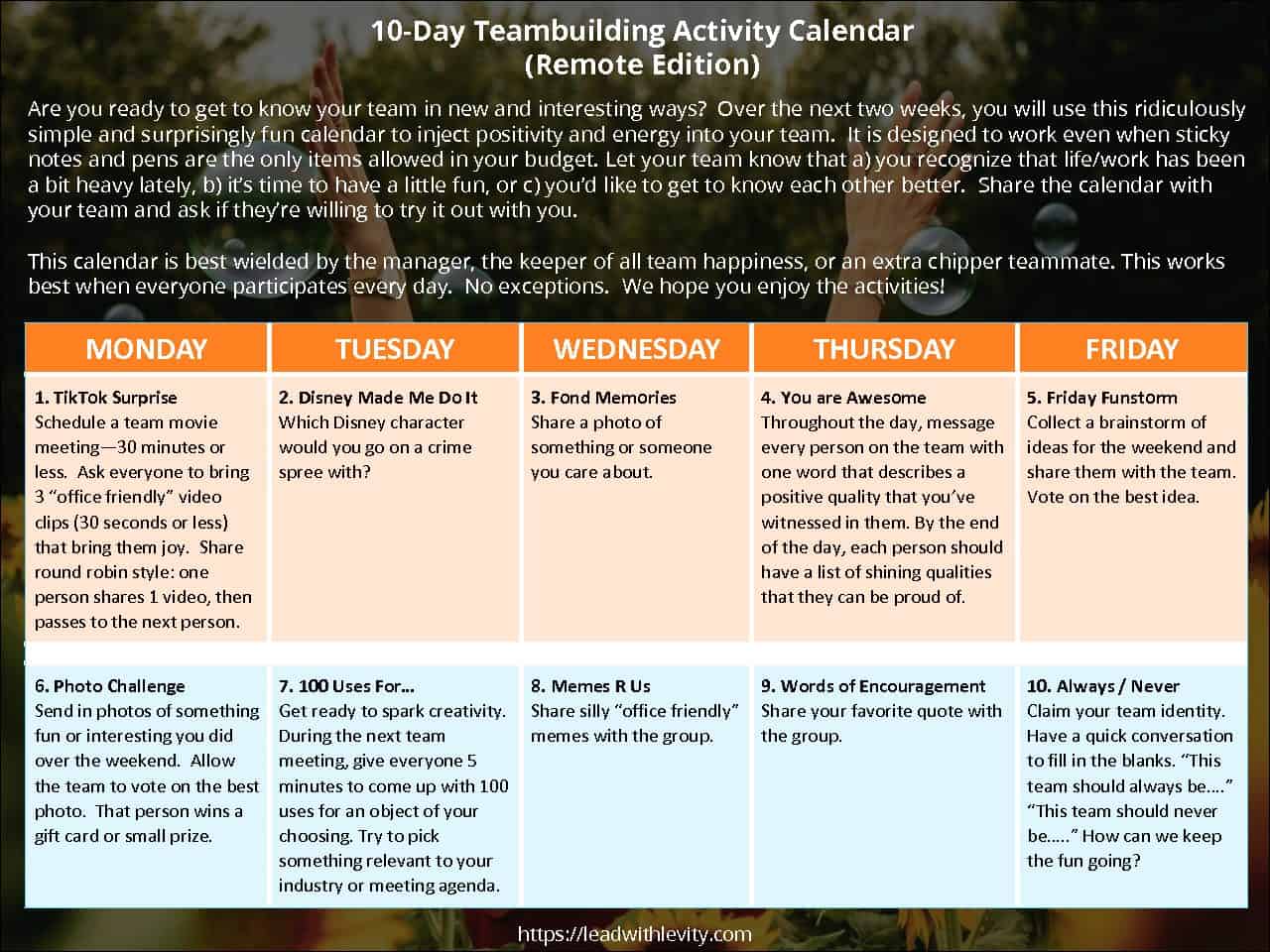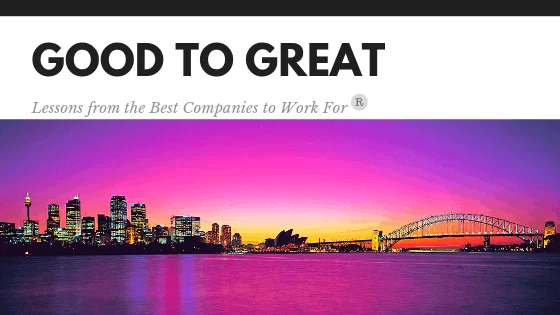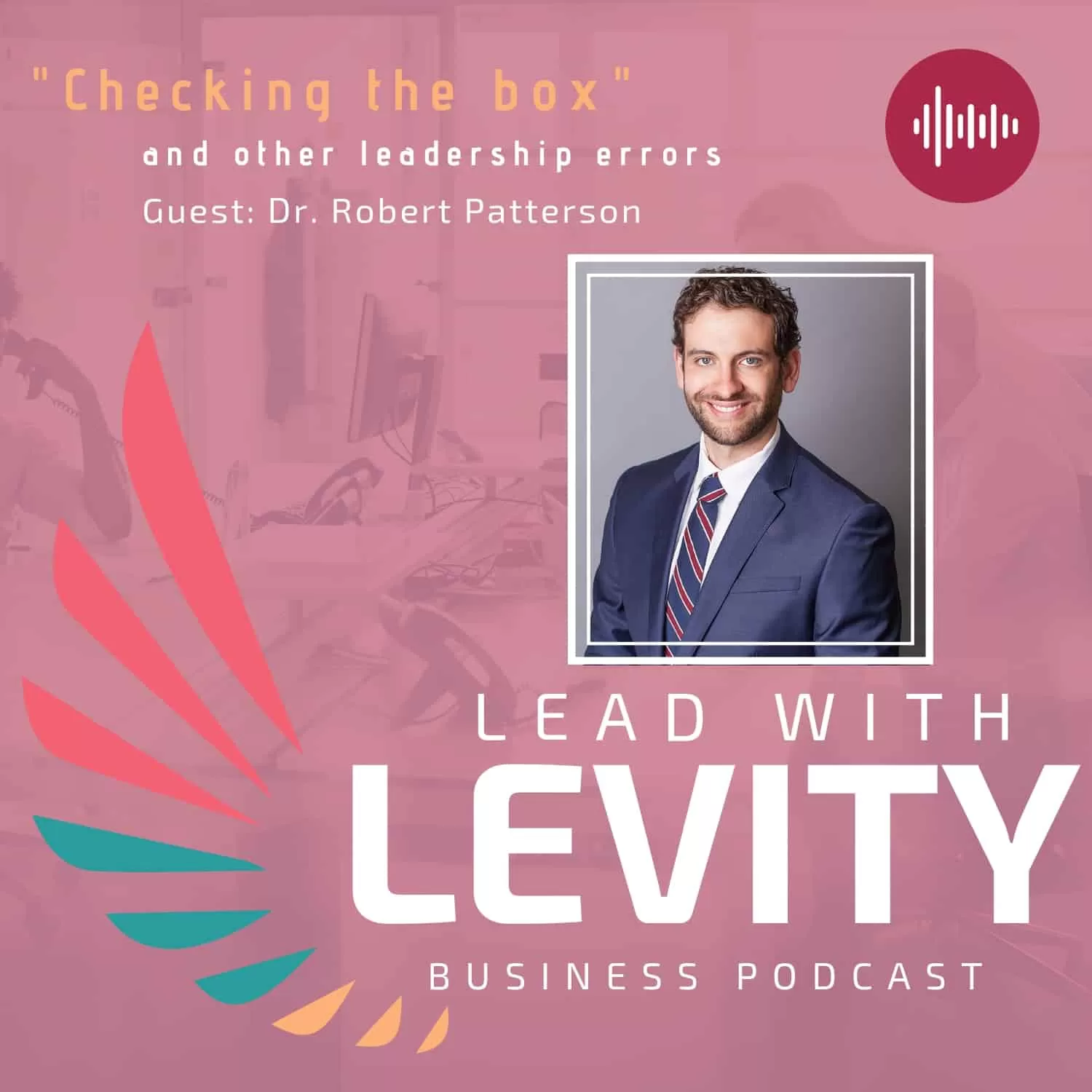Below is a list of all the topics we will cover in this article on how the best companies to work for gain a distinct competitive advantage by focusing on their culture. Go ahead and click on any of these links, and you’ll skip directly to that specific section.
- The best companies to work for care about the intangibles.
- The best companies to work for use culture to differentiate.
- The best companies to work for make levity their distinct competitive advantage.
- If you want more levity at work, start with your values.
- If you want to keep levity alive, support your teams.
- If you want a powerful and unique brand, systematize levity.
- Summing it Up
- You can gain a distinct competitive advantage too

The best companies to work for care about the intangibles.
I encourage you to try this simple exercise. Think about a short list of companies that are known for creating great work environments. Then, work on a short list of companies that are really missing the mark to the point where they have a reputation for their terrible (insert expletives) work environments and/or workplace culture. In essence, I want you to think of the best of the best and the worst of the worst. Do you have your lists in mind?
Wonderful!
Now take a moment (seriously no longer than that) to consider why–why do people love to work for the top companies and why do they loathe the others? Before you move on to the rest of this article, I’d love for you to post your thoughts to the comments section.
The best companies to work for use culture to differentiate.
Benchmark agencies like Great Place to Work, Glassdoor, and Gallup have surveyed thousands of companies and hundreds of thousands of employees to understand what tips the balance between good and great. They all point to the usual suspects.
- Clear job responsibilities
- Flexibility
- Pay and perks
- Growth and development opportunities
And, what I’ve seen over the years is a consistent need for the social aspects of work or what I will refer to as “the intangibles.”
- Workplace friendships and positive networks
- Supportive supervisors
- Fun, play, and humor
- Psychological safety
- A sense of purpose
Workplace benchmark studies are starting to point to the need for conversations that we don’t typically have in the boardroom, such as:
- How can we combat loneliness at work?
- How can we make fun a part of our wellness strategy?
- Is our office space setup for teams to build positive supportive relationships and do their best work together?
- Do our policies and practices support the kind of trial and error needed for creative problem solving and the testing of innovative ideas?
The best companies to work for make levity their distinct competitive advantage.
I’d like to shift the conversation to the intangibles for a moment because those intangibles can help you stand apart as an employer of choice. Levity is one of the intangibles. When multiplied, amusing, light, and uplifting exchanges at work are a sign of a healthy organization that approaches the intangibles with intentionality.
Until recently, my research focused on defining, measuring, and discussing the benefits of levity at work (Walker & Harvey, 2017). I decided to translate my research into practical solutions for teams because it’s not enough to say that a group has or doesn’t have levity. Managers want to know why, where they need to focus their efforts, and what they can do to get the full benefits of levity at work. So how does one create the kind of environment that has levity?
Great question!
9 Workplace Elements that Support Levity at Work
Let’s make the intangibles tangible. To get the maximum benefit and maximum expression within one’s culture, the system has to support levity at multiple levels (i.e., the individual, team, and organization). I am offering 9 systemic beliefs, practices, and values that can help us explore trouble areas, strengths, and blockages that can occur at each level. This framework helps reveal why levity has or hasn’t spread past a particular individual and/or team. I am offering this model and its associated assessment for those who want to be known for having a fun work environment.
If you want more levity at work, start with your values.
Personal beliefs and values that fuel levity: At the individual level, we look at personal values, psychological safety, and empathy. For levity to occur, individuals need to believe that it’s a good thing, and that it’s possible here. They also need to start with a basic level of consideration for other people to avoid creating a toxic environment.
Feature #1 – Values Levity
Because beliefs and values drive behavior, it’s important to gauge readiness for levity by first finding out if your employees believe in it. Individuals who value levity look for opportunities to have a good time with others and to bring people together. They will hold themselves accountable for the tone they set at work.
Feature #2 – Free to Play
We all come with quirks and some degree of silliness whether we choose to acknowledge it or not. However, professional life often demands conformity, adherence to strict norms and serious practices. “Fitting in” may seem like the safe route for professionals, but conformity ultimately kills creativity and joy—which makes for a stale work environment and less than innovative products and services. Environments high in levity have employees who feel safe to engage in playful gestures.
Feature #3 – Consideration for Others
The workplace is not a comedy club. Heckling, teasing, and jokes at the expense of others is not a good way to get ahead, to build rapport, or to leave a positive impression with others. Without consideration, sensitivity, and the ability to empathize with others, levity can get stuck at the interpersonal level (i.e., inside jokes between team members–creating an us vs. them orientation). In order for levity to spread in a positive way throughout the workplace and ultimately to customers, employees have to be able to gauge whether or not their actions will be considered offensive or fun, appreciated or despised.
Bottom-line: If your employees want to engage and believe that they can, they will find a way to make it happen.
If you want to keep levity alive, support your teams.
At the team level: Teams that play together solve problems together. This applies within units and across units. To get team members to share levity, they need a psychologically safe environment where teammates know that they can trust others.
Feature #4 – Trust in the Team
If you find that your team is quieter than you’d like or they appear to be suppressing big feelings, then it may be a sign that there is not enough psychological safety to support free expression. Trust is critical to the formation of healthy working relationships, and a sense of psychological safety is necessary for most people to feel comfortable enough to express themselves freely at work. When employees believe that their coworkers care enough to engage in safe, honest and respectful ways, they may be more likely to let loose and be themselves.
Feature #5 – Forward Momentum
Business and life strategist, Tony Robbins, says “progress equals happiness.” I’m inclined to agree. The excitement of an achievement is fleeting, but we tend to feel most alive when there is forward momentum. Who wants to feel stagnant in life or even in business? At the team level, some signs of forward momentum include encouraging others, celebrating wins, and keeping promises (i.e., setting goals and achieving them).
Feature #6 – Open Arms
More collaboration equals more opportunities to spread levity. This one is deceptively simple. In order to share levity with other units, teams must first appreciate and communicate with other units. Yet, at times, teams can forget that theirs is not the only team that keeps the ship afloat. Poor communication, territorial behavior, and lack of follow-up can seriously harm interdepartmental relations.
Bottom-line: Are your teams laying the groundwork to spread levity across the organization?
If you want a powerful and unique brand, systematize levity.
At the organization level: Organizations can differentiate themselves in several ways. One strategy involves creating a magnetic and distinct culture that others envy, such as one marked by levity. In order for it to have a noteworthy impact on the organization and customers, it should be clearly supported across the organization.
Feature #7 – Family Feel
I know what you’re thinking. That title should read “Functional Family Feel.” A brand that is known for supporting employees and putting people first is one that will get more loyalty from employees. Does your organization provide opportunities for employees to connect with coworkers in meaningful ways and support one another beyond surface level commitments?
Feature #8 – Contagious Positivity
It’s nice if a few teams practice levity. However, it’s newsworthy when the whole company does. A healthy organization will have opportunities for everyone to be recognized, to socialize, and have fun. This is a good kind of contagion!
Feature #9 – Service with Flair
Ultimately, if a critical mass value and believe in levity, then organizational practice will naturally follow. Clients and customers will know that employees enjoy their jobs and love what they do. This can be expressed in conversation, playful rituals, and going above and beyond for the customer. Providing service with flair distinguishes the brand and leaves a lasting impression with customers.
Bottom-line: Is levity encouraged and protected through various policies and procedures?

Summing it Up
These 9 factors drive unity, internal and external responsiveness at the individual, team, and organization levels.
- Do your employees share a belief in levity and know that they are safe to express themselves?
- Is your team creating a reputation marked by levity?
- Do you have a playful brand identity?
You can gain a distinct competitive advantage too
Take a baseline measurement so you can target improvements. The Levity Workplace Audit can be used to identify various talent management needs–recruitment, hiring practices, training and development, policies and procedures, etc. The Levity Workplace Audit identifies whether or not your teams have levity, and also explores these 9 systems components that support or suppress levity at work. The audit also gives you a better understanding of your employees’ willingness to promote the brand to others, desire to stay or leave the organization, satisfaction levels, and identity/persona.
Never underestimate the importance of watering and growing a desirable work environment. Employees and customers alike may join your brand for a variety of reasons–notoriety, financial stability, and opportunity–but they will ultimately leave based on how your brand makes them feel. If you care about the intangibles, when the time comes, the intangibles will take care of you.
Lead with Levity supports those who care deeply about what makes/breaks the employee experience.
How can we help you? Check out our organizational health assessments. We offer a very special employee feedback surveys that will help you build a unique and refreshing work environment that supports productivity and team cohesion. We also have a self-assessment for leaders. Improve your work today.









